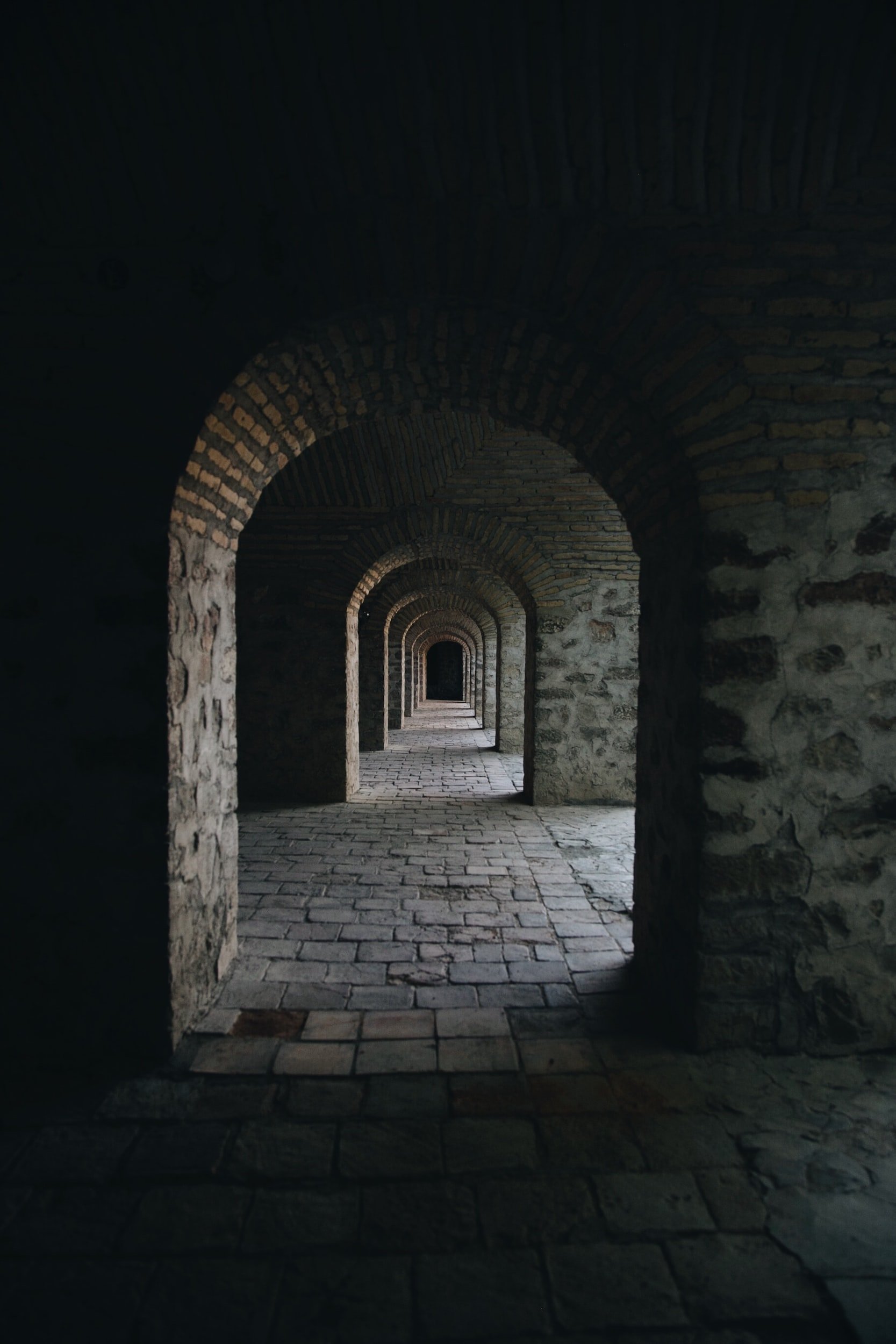Every House Tells a Story
Sometime ago I wrote about the mid century modern fibro beach cottage making the endangered list of buildings in our seaside suburbs. After I wrote this it made me think about how each of our homes have a story behind them. They really become the backdrop for our lives (believe me I know this, I’m married to a film director!). It is often said in Australian film that the landscape becomes a character like any other actor and I would posit that this could also be said for our architecture, or in other words Australian Architecture has become part of the Australian landscape.
Some might say this is for good and bad. For many the built environment might represent the imperial march across an ancient landform and in contradistinction to the long culture that was present in its stead. Some might say that its evidence of our egalitarian and youthful nation - an unfinished project one that speaks of utopian desires, quality of life and opportunity. Regardless, of our political persuasions, our built environment project is here to stay but it won’t stay the same. I like to think that we don’t ever truly own our homes. Even if we’ve paid off the mortgage and built completely new, in the grand scheme of a building’s lifetime we are, at best, custodians of our man made caves and plots of terra firma.
This might be a confronting concept for many of us who feel that home is our own, our inner sanctum, but even if we interrogate the present as opposed to the future, we can see that this is also illusory. For example most of us don’t live alone and therefore we share our stewardship of our homes with our partners, our kids, our pets at times visitors as well as the multitude of insects, the odd house mouse, possum and other biota that don’t recognise the boundary we attempt to create with Nature. So if we give into the idea that our home is not completely ours, does that mean we should just give up on keeping house? Should we treat it like the share house from our first foray out of the family home? Bunnings wouldn’t be too happy about this, but I don’t think this will ever happen. The success of Bunnings and our DIY culture attests to our love of home making. We are the bower birds of the mammal world. Renovation is like the constantly busy stage teams behind the scenes at the theatre - one performance finishes only to be replaced by the next. Some stage artists are so good that they’ve made an entire living out of buying and renovating, so much so that home becomes a moving montage of sets from one flip to the next.
This is a relatively new phenomenon. Once upon a time, we would stay in one place for much longer than we do these days. I once worked with a lady who told me about her mum who lived in Country NSW. She had never left her own region her whole life, not even to visit Sydney. Her biggest trip was to travel into the local big town to send post off at the local post office! Place names would take the names of the families that held the territory - think of the clans of Scotland. As an estate would become divided up and sold off, the original family name would sometimes become the name of the suburb or town. Place names are a whole world of intrigue that one can lose many moments over - believe me, I just did!
According to core logic, in Australia, the average house is owned on average for 10.5 years whilst in the U.S. people on average move 11.5 times over a lifetime. So what does it mean for our houses and homes with this constant flux of old and new owners? Well, this takes me back to the stage like nature that our rooms take on. The private intimacy of bedrooms, the camaraderie of the living rooms, the nourishing utility of the kitchen, the cleansing functionality of the bathroom, they are the backdrops to our daily rituals. They affect the way we face our world and in turn we make effect upon them. The scratchings of children’s height marks on a corridor door frame, the hole in the wall caused by an angry tantrum, the historical layers of paint or wallpaper fashions behind the kitchen cupboards and the various bids n bobs fallen into the little inaccessible nook or cranny in the wall or floor one day to be exhumed in a future renovation or detonation. It is in our homes we seek to curate our lives, but it is not the end of the journey. Many houses will have multiple kitchen & bathroom facelifts, extra bedrooms added for expanding families, attic lofts, basement dens, first floor additions and many will be scratched off the earth to form the particle board of a new homes flooring.
If then, we re-calibrate our idea of home to one of stewardship, I believe this is a more conversational approach to our relationship with the buildings around us. We can imbue the building a character of its own like any other member of the household. You may want to ask the question next time you go to renovate, “Hey house, I need to enliven my relationship with you, what do you need to help me make this happen”. One of the world’s most celebrated architects, Louis Kahn would talk to building materials like this. His famous conversation to a brick goes something like this - " 'What do you want, brick?' And brick says, 'I like an arch.' And you say to brick, 'Look, I want one, too, but arches are expensive and I can use a concrete lintel.' And then you say: 'What do you think of that, brick?' Brick says: 'I like an arch.'"

